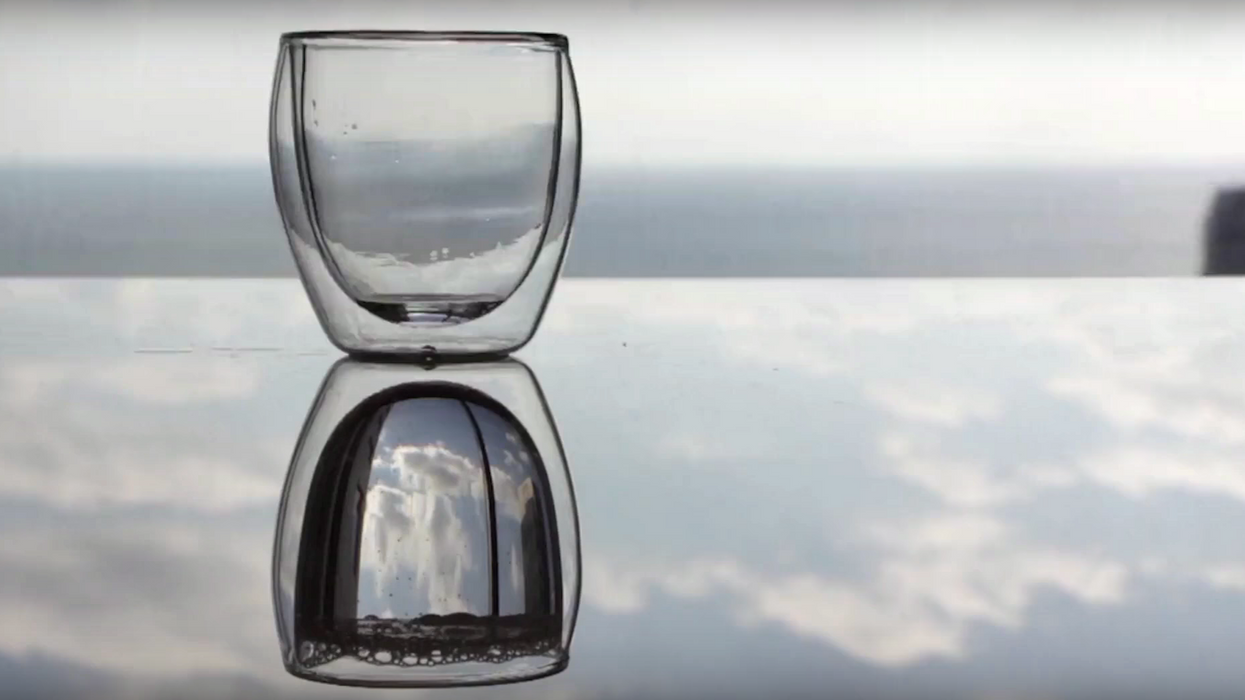Watch: How to Combine Slow Motion and Fast Motion All in One Shot with Premiere Pro
Learn how to make different sections of your shot play in varying speeds at the same time in Adobe Premiere Pro.

Sometimes you've got to think outside of the box if you want to add some style to your projects. One way of doing that is by having certain elements in your shot play at one speed while others play at another. This occurs a lot in music videos (like the greatest one of all time, Soundgarden's "Black Hole Sun"), but instead of using a green screen to get the effect, you can actually layer your shot, mask out certain portions, and adjust speeds as you like. Here to teach you how to do this in Premiere Pro is Justin Odisho.
Okay, admittedly this is kind of a weird, very specific tutorial, but that doesn't take away from the fact that his method of creating this effect is incredibly clever—and simple.
Odisho shows you three different ways to achieve this effect: cropping, masking, and keying.
Cropping is the fastest way to do it, however you're going to need to plan your shot ahead of time so you can frame it in such a way that you're able to crop on a clean line. You'll also want to isolate and contain any left/right/top/bottom screen movement if you want to use the cropping method, however, if it's unavoidable, masking is another option.
Masking is kind of like cropping in this case, except it allows you to create whatever shape you need in order to isolate a certain part of a frame. So, if you've got your "regular speed" subject crossing over into your "fast motion" subject's space, you can create a mask around one of them and apply your speed adjustments to that particular mask alone.
Odisho's final method for this effect is, yes, the same thing most likely used in that "Black Hole Sun" music video: keying. By creating a key, you can add assets to your shot that you can individually speed up or slow down (in Odisho's case it was a time lapse of a sunset).
Though you may not use this kind of effect many times in your career, there are plenty of other applications for it other than music videos. You could use it in an experimental film, a dream sequence in your short, or add a little flare to your commercial project. However you imagine using it, this tutorial will help you get it done once you're ready to make it happen.
Source: Justin Odisho












